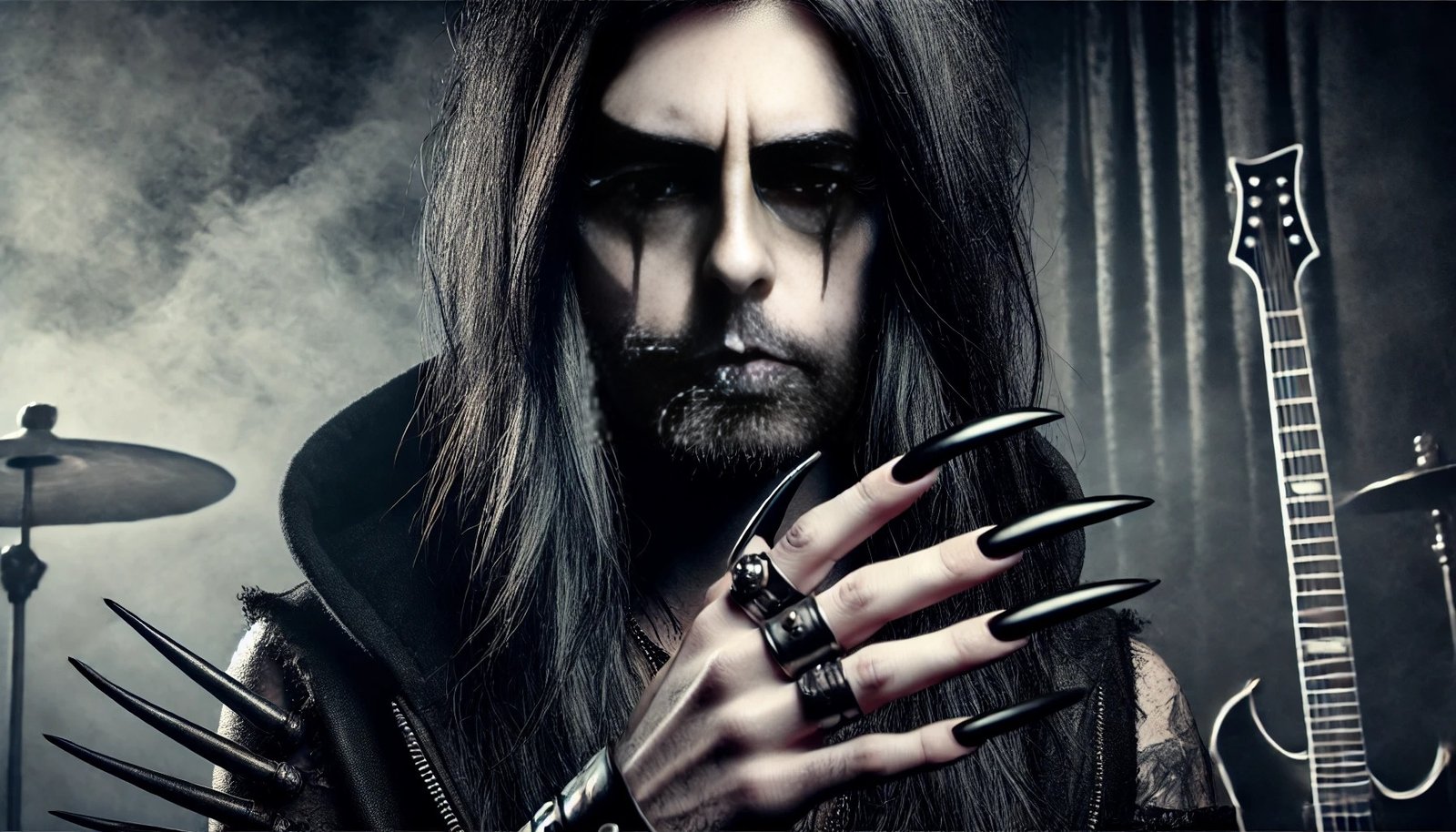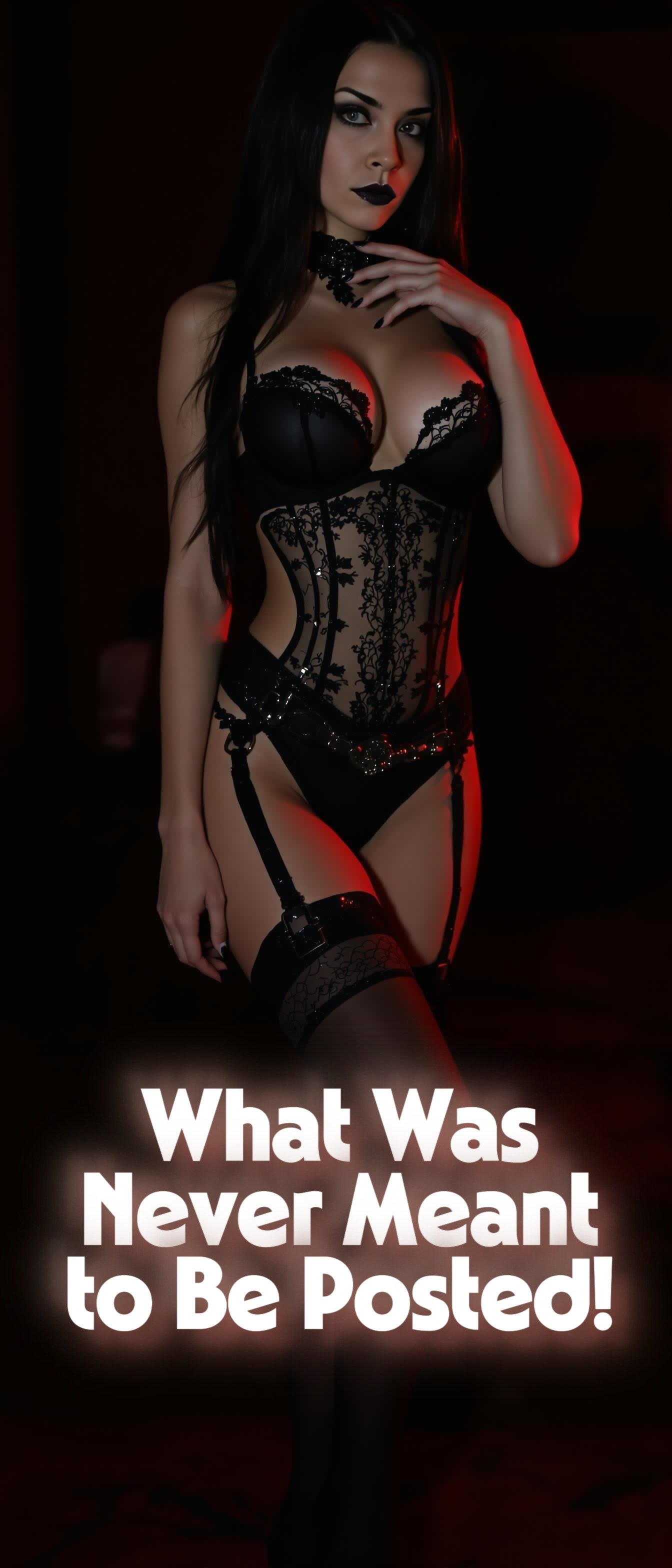Metal, with its powerful riffs and raw, unfiltered expression, has always been a medium for voicing strong opinions and unspoken truths. Among the many themes explored within the genre, one that stands out profoundly is the anti-war stance embraced by numerous metal bands and their fans. This position, deeply rooted in the essence of thrash and death metal, offers a poignant reflection on the horrors and futility of war.
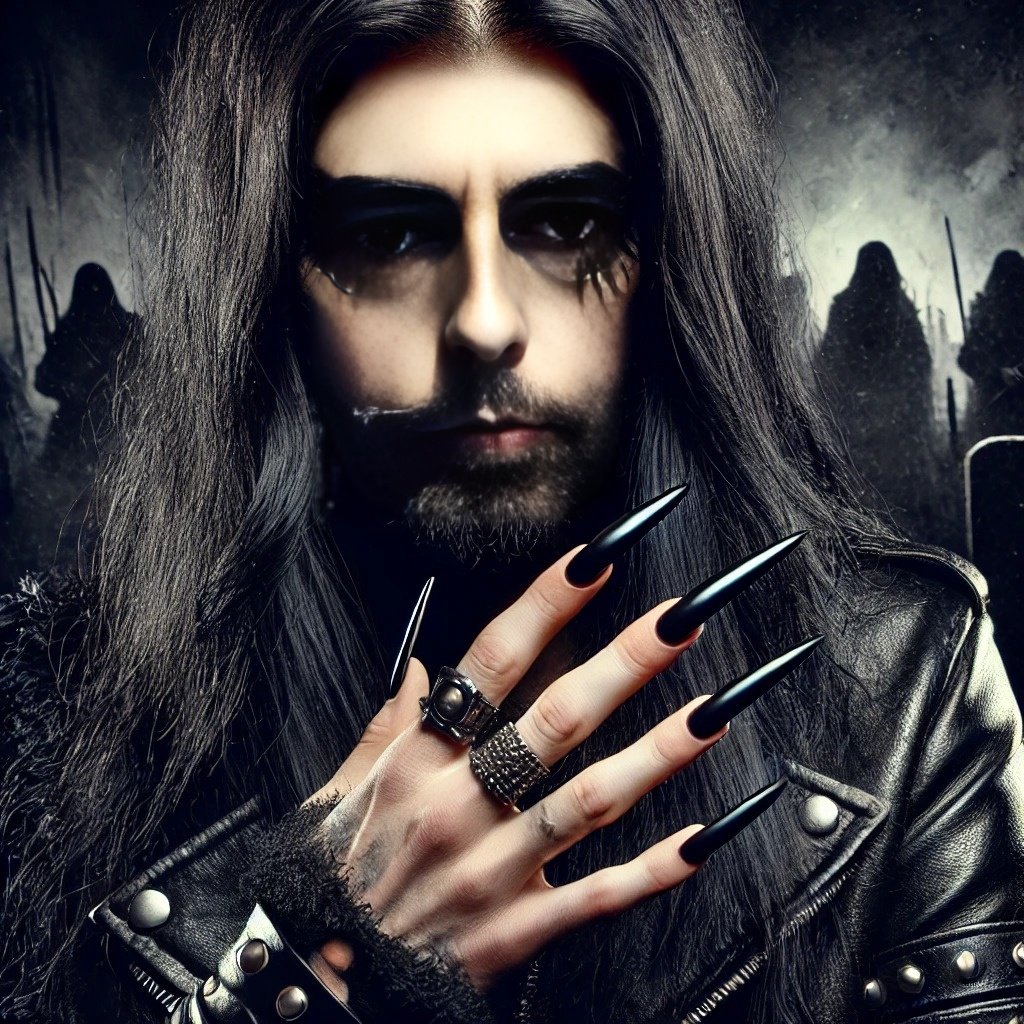
The Roots of Anti-War Sentiment in Metal
Metal’s anti-war sentiment can be traced back to the genre’s inception. The late 1970s and early 1980s were a time of great political and social upheaval. The Cold War loomed large, and the threat of nuclear annihilation was a constant shadow. Bands like Black Sabbath and Iron Maiden began to incorporate these themes into their music, laying the groundwork for future generations.
Thrash Metal: Speed, Aggression, and Rebellion
Thrash metal, emerging in the early 1980s, became a formidable voice against war. Bands like Metallica, Megadeth, Slayer, and Anthrax used their fast tempos and aggressive guitar riffs to deliver powerful anti-war messages.
Metallica: “Disposable Heroes”
Metallica’s 1986 song “Disposable Heroes” from the album Master of Puppets is a quintessential anti-war anthem. The song’s narrative follows a young soldier manipulated and discarded by the military machine. Lyrics like “Back to the front / You will do what I say, when I say / Back to the front / You will die when I say, you must die” highlight the dehumanizing and disposable nature of soldiers in the eyes of those who send them to war.
Megadeth: “Peace Sells… but Who’s Buying?”
Megadeth, led by frontman Dave Mustaine, has consistently addressed the themes of war and peace. The album Peace Sells… but Who’s Buying? (1986) critiques the political and economic systems that perpetuate conflict. The title track questions the value placed on peace in a world driven by profit and power.
Slayer: “War Ensemble”
Slayer’s “War Ensemble” from the 1990 album Seasons in the Abyss takes a stark look at the brutality of war. With blistering speed and intensity, the song portrays the chaos and destruction of the battlefield, reflecting the band’s disdain for the glorification of war.
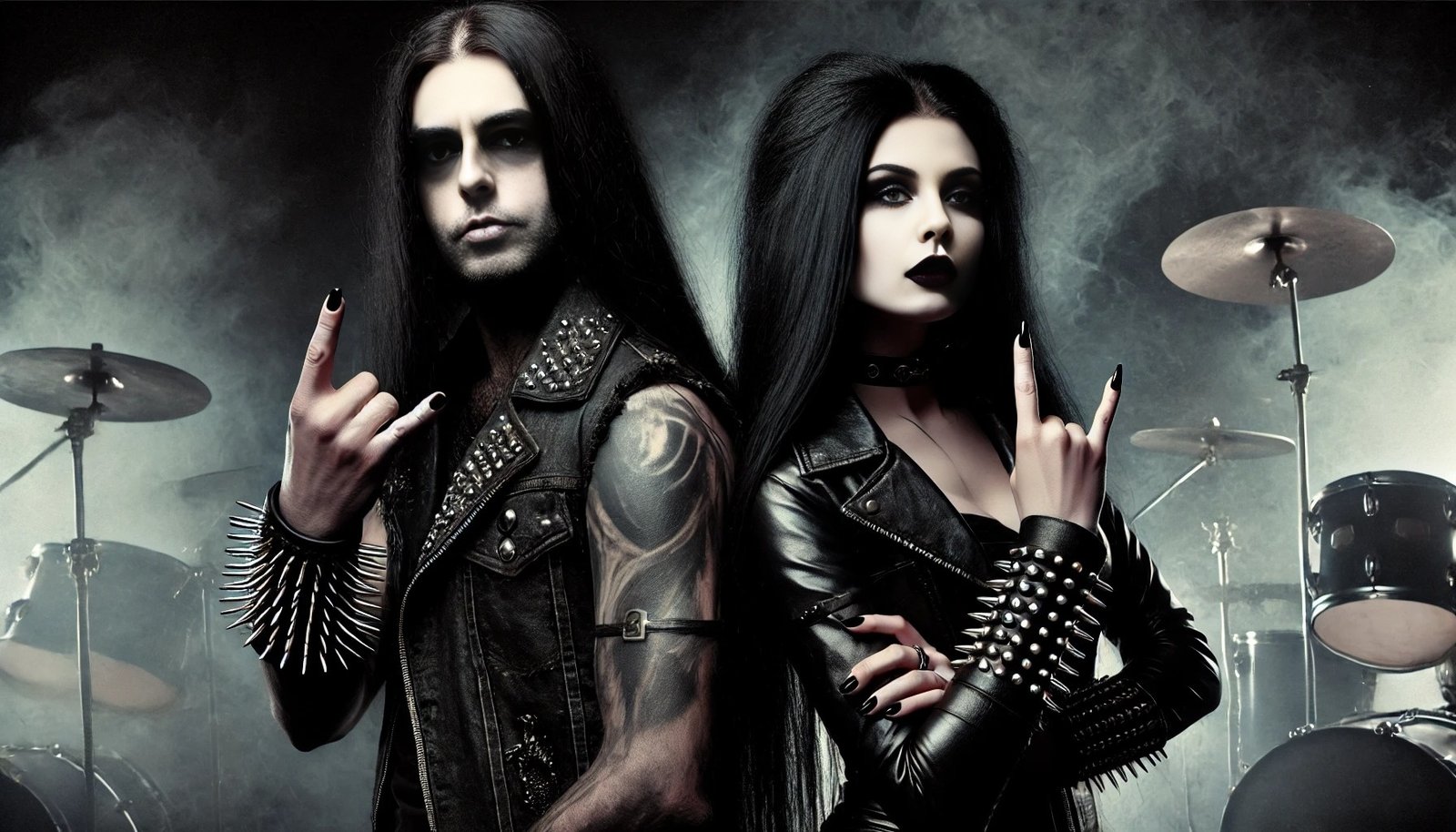
Death Metal: Brutality with a Message
Death metal, with its guttural vocals and relentless instrumentation, often tackles darker and more graphic themes. Bands within this subgenre have not shied away from discussing the grim realities of war.
Bolt Thrower: War-Themed Discography
Bolt Thrower, a British death metal band, built an entire career around the theme of war. Albums like Realm of Chaos (1989) and The IVth Crusade (1992) explore the devastation and futility of war. The band’s lyrics, often inspired by historical battles and conflicts, serve as a stark reminder of the human cost of war.
Death: “Individual Thought Patterns”
Death, another pioneering band in the genre, addressed the manipulation and exploitation of individuals in their song “Individual Thought Patterns” from the 1993 album of the same name. While not exclusively about war, the song’s themes of control and autonomy resonate with anti-war sentiments.

The Message Beyond the Music
The anti-war stance in metal is not confined to the lyrics alone. The imagery, album artwork, and even the bands’ public statements often reinforce their messages. This holistic approach creates a powerful, multi-sensory experience that leaves a lasting impression on fans.
Album Artwork and Imagery
Metal album covers often depict the horrors of war in graphic detail. For instance, Megadeth’s Rust in Peace (1990) features an illustration of world leaders gathered around an alien corpse, symbolizing the absurdity of nuclear proliferation. Similarly, Iron Maiden’s mascot, Eddie, has appeared in various war-themed scenarios, emphasizing the futility and destruction inherent in conflict.
Live Performances
Live performances by metal bands often include powerful visual elements that enhance their anti-war messages. From pyrotechnics to war-themed backdrops, these shows immerse the audience in the brutal reality of war, making the message impossible to ignore.
Public Statements and Activism
Many metal musicians have been vocal about their anti-war beliefs offstage as well. Dave Mustaine of Megadeth, for instance, has frequently spoken out against war and advocated for peace. These public statements reinforce the messages found in their music and inspire fans to consider their own views on war and peace.

The Impact on Fans and Society
The anti-war stance in metal has a profound impact on its fans. For many, the music serves as a form of catharsis, allowing them to process their own feelings about war and conflict. The shared experience of listening to and discussing these themes fosters a sense of community among fans, united by a common belief in the futility of war.
Personal Stories and Testimonials
Many metal fans have personal stories about how songs with anti-war themes have resonated with them. For some, these songs have provided solace during times of personal conflict or loss. For others, they have sparked a deeper interest in political and social issues, leading to activism and advocacy.
Broader Cultural Influence
The influence of metal’s anti-war stance extends beyond its immediate fanbase. These themes have found their way into other genres of music, literature, and even film. By challenging the glorification of war and highlighting its brutal realities, metal bands contribute to a broader cultural dialogue about peace and conflict.
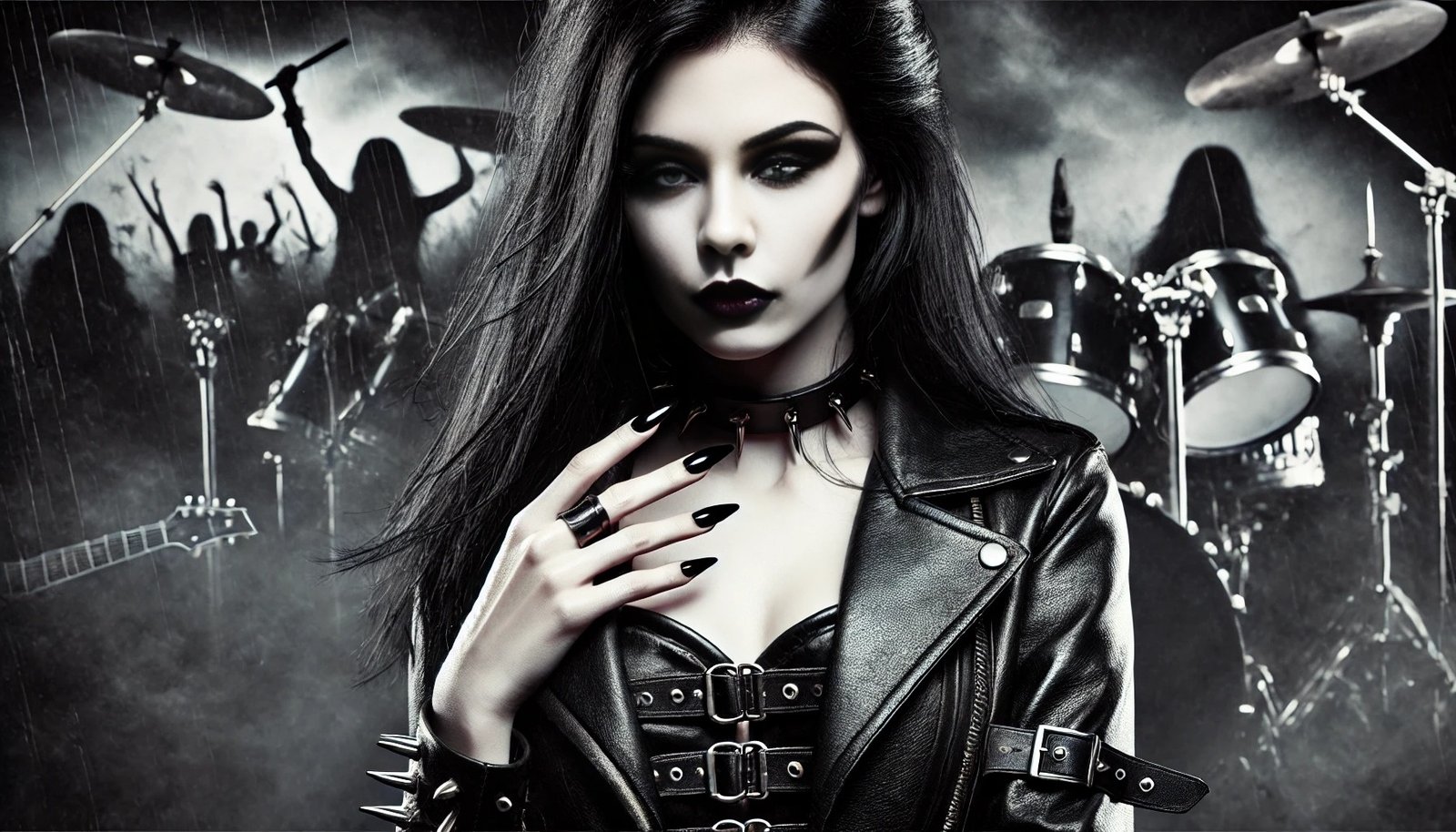
Conclusion: The Ongoing Battle for Peace
Metal’s anti-war stance is a powerful testament to the genre’s ability to tackle serious, often uncomfortable topics with unflinching honesty. Through their music, imagery, and public statements, metal bands and their fans continue to challenge the narratives that glorify war and demand a more peaceful world.
In a world where conflict seems ever-present, the voices of metal’s anti-war advocates are more important than ever. They remind us that the true cost of war is measured not in victories or losses, but in human lives. As we headbang to the powerful riffs and scream along to the visceral lyrics, we also join in a collective outcry against the horrors of war.
For more insights and to explore my other writings, visit my home page. Connect with me on social media through all my links.
Stay metal, stay informed, and let’s keep fighting for a world where peace prevails over conflict.
